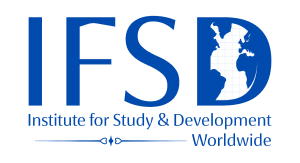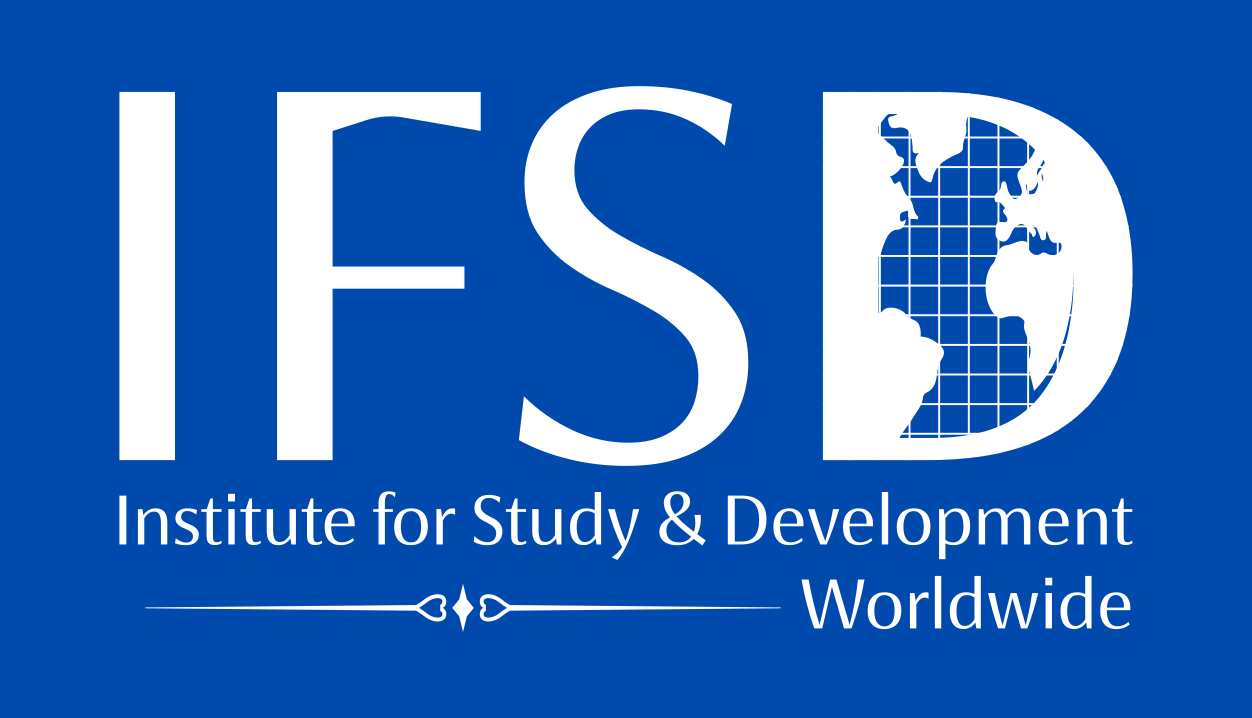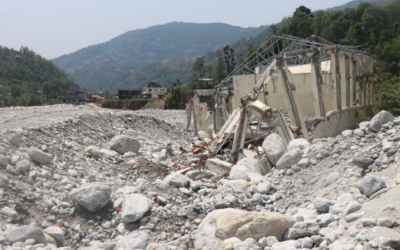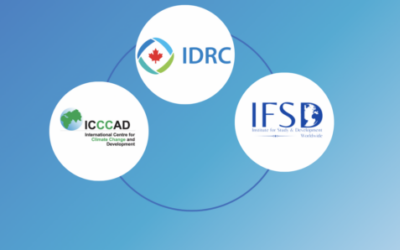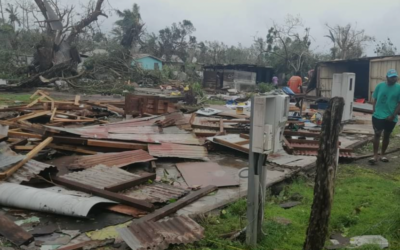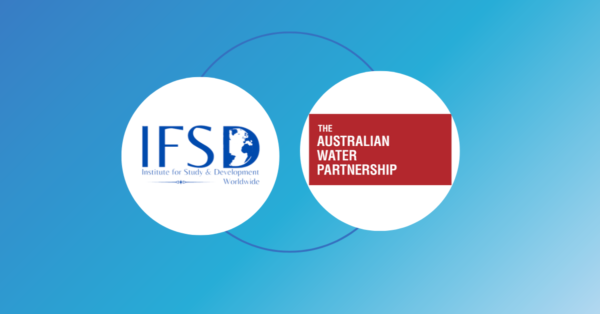
Period: 15 August 2019 – 30 March 2021.
Funder/client: Australian Water Partnership Program of Department for Foreign Affairs and Trade (DFAT), Australia
In the Asia-Pacific region, water insecurity is looming under changing climate, rapid urbanisation, and intensifying competition between human use of water and environmental flows. In this region, 1.7 billion people currently lack access to basic sanitation, and with a predicted population of 5.2 billion by 2050 and an estimated 22 megacities by 2030, up to 3.4 billion people could be living in water-stressed areas of Asia by 2050 (Asian Development Bank 2016). In 2016, the Asian Development Bank (ADB) estimated that 29 out of 48 Asian countries were “water insecure” (according to a composite index measuring access to water for sanitation and core economic uses, the maintenance of aquatic ecosystems, and resilience to water-related disasters)i. Despite some progress in enhancing water access by communities in recent years, 12.5% of Asians – roughly 554 million people, close to the entire population of North America – do not have access to safe drinking water.
This project was designed to contribute to the Australian Water Partnership (AWP)’s goal of advancing water security partnership across the Indo-Pacific region. AWP recognises that improving the management of increasingly limited water resources is a key climate change adaptation challenge. AWP has also recognised the need to make its strategies fully informed by the existing body of knowledge on climate change and water in the Asia Pacific. Aligned with DFAT’s strategy for aid in the water sector, AWP’s focus is on catalysing partnerships for improving sustainable water management through policy, legal, governance, institutional, technical and capacity development support. This project aims to explore challenges and opportunities to achieving water security in Asia and the Pacific under climate change. IFSD has conducted extensive review of academic and grey literature to assess how different sub-regions in Asia and the Pacific are experiencing climate risks. It also analysed emerging responses to climate risks, identified policy and adaptation responses and suggested strategies to minimise climate change induced water insecurity in the region. Its strategic recommendations as well as the full report will be made public soon.
Services provided by IFSD:
- Reviewing of academic literature on physical and social sciences aspects of climate change globally and across the Asia Pacific region,
- Interactions and consultations with key experts,
- Reviewing of policy and practice-oriented literature,
- Analysis of data, and
- Drafting and revising the report.
The report has been reviewed by an international team of experts. IFSD’s team led and delivered a comprehensive review of literature using qualitative data analysis software NVIVO. A separate report on Pacific Water security was also produced. IFSD also presented intermediate findings to the Australia Water Association Conference. The report was scheduled to be launched at Stockholm World Water Week 2020, which was postponed due to COVID-19.
